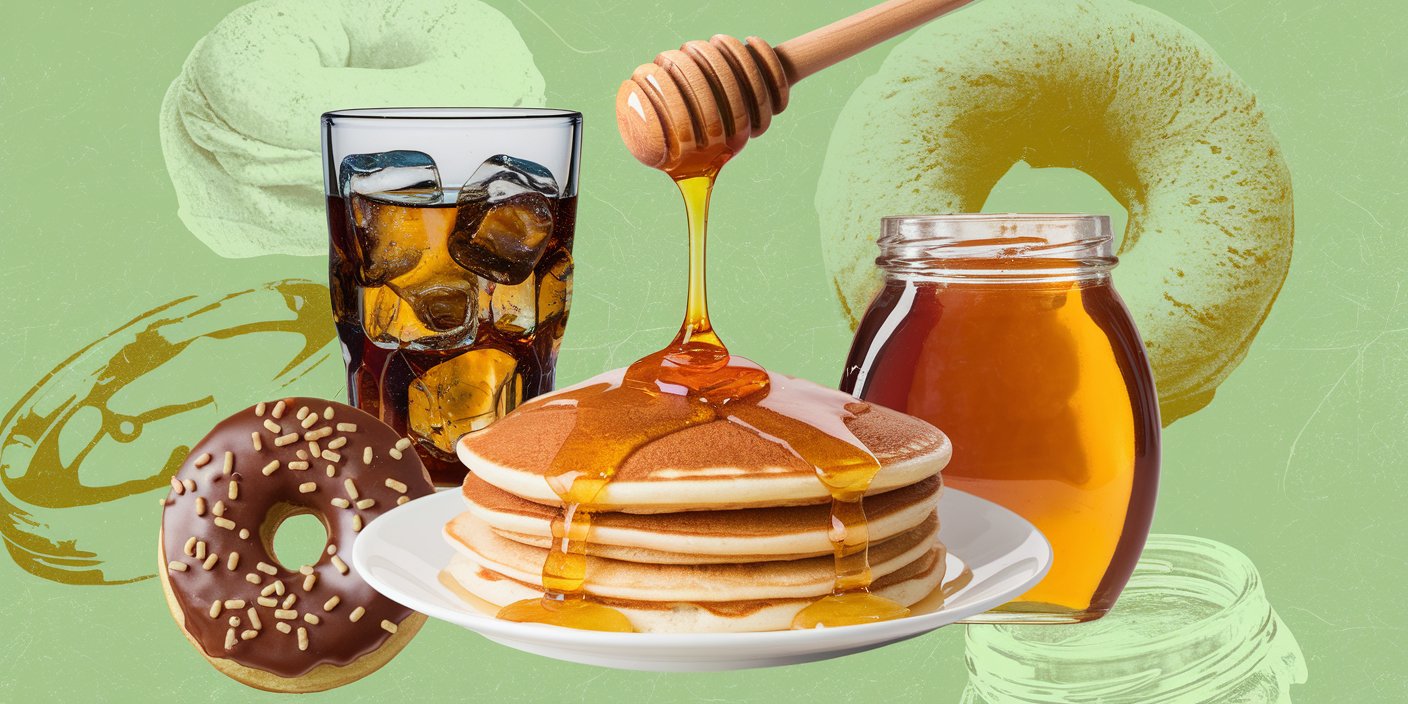
Sweet Potatoes vs. Potatoes: Exploring Their Nutritional Differences and Glycemic Indexes
I often encounter questions about the nutritional disparities between sweet potatoes and potatoes. These starchy vegetables, while often used interchangeably in recipes, possess distinct nutritional profiles and glycemic indexes. In this article, we’ll delve into their disparities, examine their glycemic indexes, and provide insights into healthy preparation methods.
Nutritional Comparison:
Sweet potatoes and potatoes are both nutrient-dense foods, yet they differ in their compositions. Sweet potatoes are renowned for their rich orange hue, indicative of their high beta-carotene content, which is converted to vitamin A in the body. They also boast higher levels of vitamin C, fiber, and certain antioxidants compared to potatoes. Conversely, potatoes offer more potassium and folate but are lower in calories and carbohydrates than sweet potatoes.
Glycemic Indexes:
One crucial aspect to consider is the glycemic index (GI) of these tubers. The glycemic index measures how quickly carbohydrates in food raise blood sugar levels. Sweet potatoes generally have a lower GI compared to white potatoes. However, the GI can vary depending on factors such as cooking method and variety. Boiling or baking sweet potatoes with their skin intact can lower their GI, while frying or consuming them with added fats may increase it. Similarly, the GI of potatoes can be influenced by cooking techniques, with boiled or roasted potatoes having a lower GI than mashed or fried varieties.
Healthy Preparation Methods:
To maximize the nutritional benefits of both sweet potatoes and potatoes, it’s essential to employ healthy cooking techniques. Here are some tips:
Baking or Roasting: Both sweet potatoes and potatoes can be baked or roasted with minimal added fats. This method preserves their natural flavors and nutrients while minimizing the addition of unhealthy fats.
Steaming: Steaming is an excellent option for retaining the water-soluble vitamins and minerals present in these vegetables. It’s a gentle cooking method that helps maintain their nutritional integrity.
Boiling: Boiling sweet potatoes and potatoes with their skins on helps retain water-soluble vitamins and reduces their glycemic index. Be cautious not to overcook them to prevent nutrient loss.
Avoid Frying: While fried sweet potato fries or potato chips may be tempting, they often involve the use of unhealthy fats and can significantly increase the calorie and fat content of these vegetables.
How to Peel Potatoes to Preserve Their Benefits:
When peeling potatoes, it’s crucial to minimize nutrient loss by following these steps:
Use a Vegetable Peeler: Opt for a sharp vegetable peeler to remove the skin while minimizing the loss of nutrients present in the outer layer.
Thin Peeling: Peel potatoes thinly to retain as much of the underlying flesh and nutrients as possible.
Wash Thoroughly: Before peeling, wash potatoes under running water to remove any dirt or debris from the skin. This step helps ensure that the peeled vegetable remains clean and safe for consumption.
Conclusion:
While both sweet potatoes and potatoes offer valuable nutrients, understanding their nutritional disparities and glycemic indexes can help individuals make informed dietary choices. By incorporating healthy cooking methods and mindful preparation techniques, it’s possible to enjoy the benefits of these versatile vegetables while supporting overall health and well-being.
6 Must-Have Essentials for Baby That Really Work
Must-Have Essentials for Beginner Eaters That Really Work what to buy for introducing solids how to choose baby food
How to lose weight while breastfeeding?
Pregnancy and childbirth are monumental life events, and the journey back to your pre-pregnancy body can feel overwhelming. For many new moms, one of the most common concerns after
Why Won’t My Toddler Eat?
If you’ve asked yourself this question recently, you’re not alone. Many parents experience a phase where their little one’s eating habits seem to change drastically. The trut
A Guide to Food Labels for Your Tot
In the whirlwind of parenthood, where convenience often takes center stage, pre-packaged foods offer a lifeline for busy families. But navigating the world of toddler and baby food
Mini School Affirmations Book Cards
Welcome to our collection of downloadable affirmation cards! These carefully crafted cards offer a simple yet powerful way to boost your self-esteem, cultivate positivity, and achi
Fortifying Young Minds: Cultivating Mental Toughness in Children
Raising children to be mentally resilient, capable of navigating life’s challenges with grace and fortitude, is a noble aspiration for any parent. Mental strength, often syno
What Happens When You Cut Out Sugar?
We’ve all heard the buzz about the benefits of a sugar-free diet. From weight loss to clearer skin, the claims are enticing. But is it really worth giving up our beloved swee
Beetroot Juice: A Natural Elixir for Better Health
Beetroots, with their vibrant red hue and earthy flavor, have been used for centuries as both a culinary delight and a medicinal remedy. Ancient Romans employed beetroot roots to t
25 Positive Phrases to Say to Your Kids at Bedtime
As any parent knows, bedtime can be a chaotic time. But it’s also a perfect opportunity to connect with your child and show them how much you care. Here are 25 positive phras











